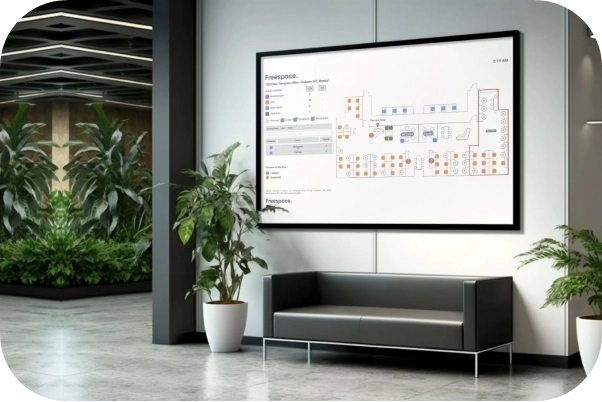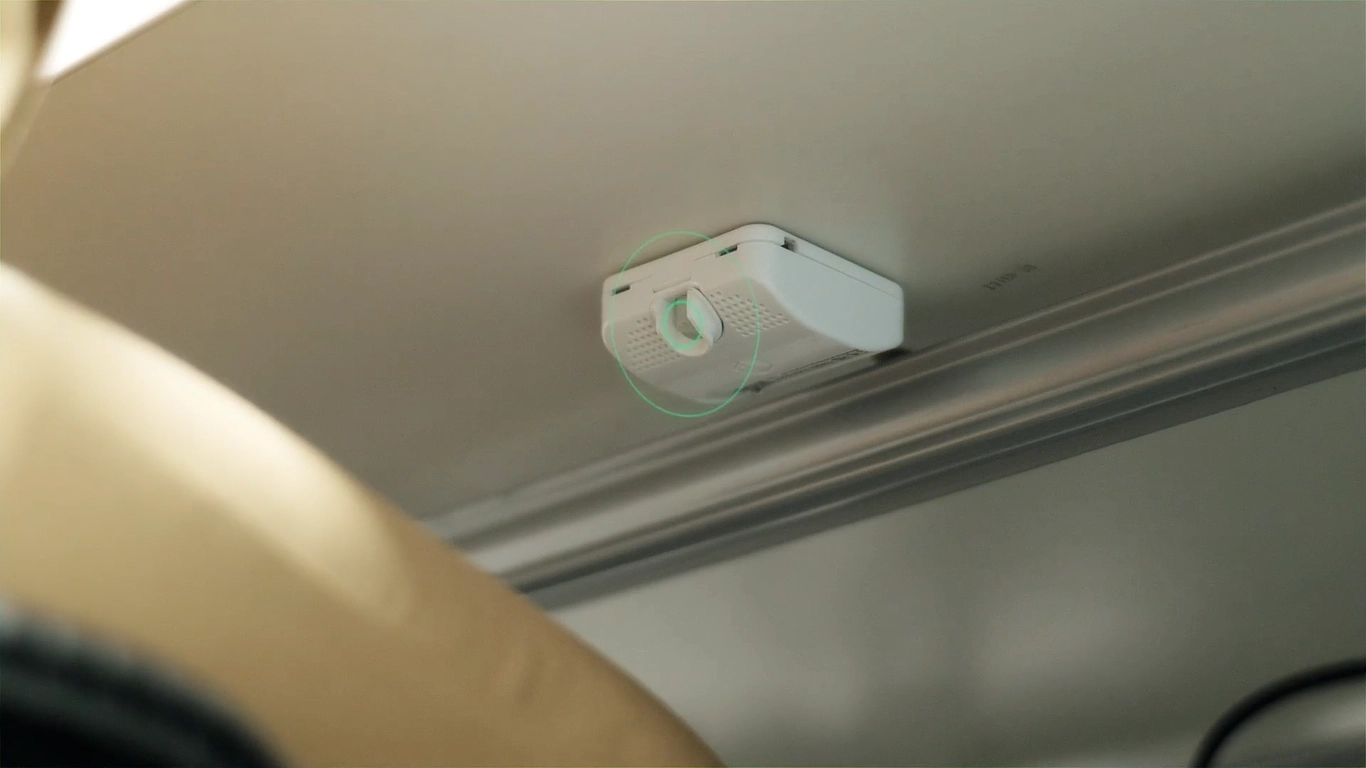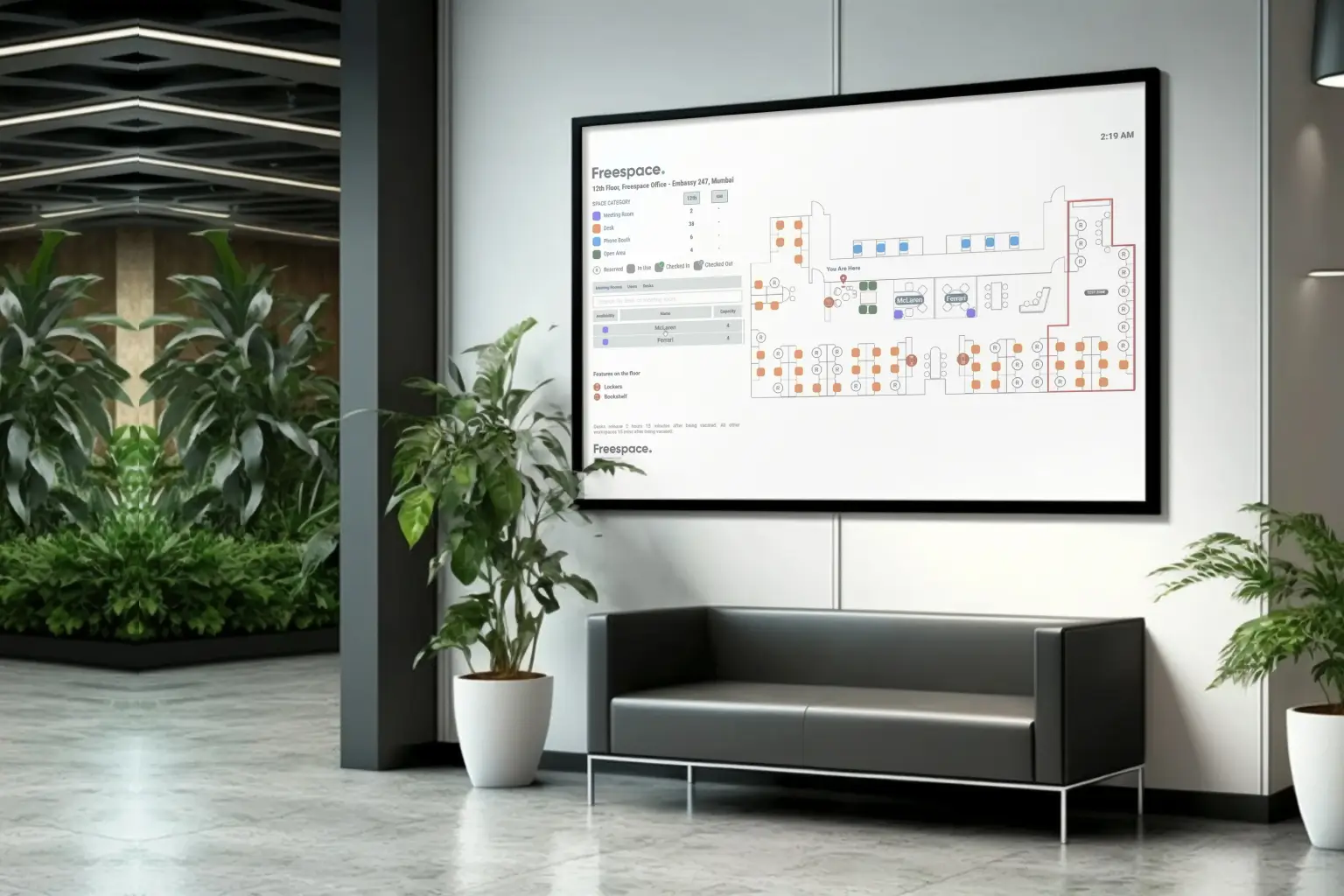

The balance of office, hybrid and home-based working is evolving, but with a clear global trend. Home-based working is on the decrease, whilst office and hybrid working are on the increase. This emerging trend, coupled with many organisations mandating a return to the office, provides an opportunity to integrate workplace technology into day-to-day operations.

Embracing the right technology can ensure a smooth, efficient, and productive return to the office. In this blog, we’ll explore the best ways to boost workplace technology adoption as part of your return to office strategy.
Setting clear intentions
As companies strategise their return to the office, they often prioritise logistical aspects, such as office design and office attendance rules, while underestimating the critical role of technology adoption.
Besides investing in the appropriate technology, a key element of a return to office strategy is employees embracing and proficiently using these tools.
Encouraging employee adoption through comprehensive training builds confidence, stimulates interest in new technologies, and promotes their effective use. Highlighting how technology simplifies tasks and its advantages increases acceptance.
For a smooth office return, a competent team, effective processes, and integrated technology are essential. In the transition from planning to implementation, prioritising ease of use becomes the next crucial consideration to eliminate resistance and accelerate adoption.
A key consideration is to select workplace technology solutions that are intuitive and user-friendly. Complicated and challenging-to-use tools can create resistance and hinder adoption. It’s important to prioritise user experience when making tech choices, including:
User-friendly technology

- Space reservation: Adopting a tool that enables employees to book multiple space types (i.e., workstations, car parking, lockers, meeting rooms) in advance
- Collaboration: Enabling employees to easily collaborate with their colleagues to attend the office on the same days and to book adjacent desks along with their team
- Accessibility: Recognising that many organisations have a global presence, it’s important to ensure any tool adopted is inclusive and supports colleagues who speak different languages
- Preferences: Enabling employees to select a space based on preferences (i.e., location, equipment) or based on the type of work they need to complete can boost adoption to ensure they get what they need during their visit
- Real-time: In a world where everything is accessible all of the time, having a live floor plan that provides space availability is indispensable
- Navigation: As part of a hybrid working model employees will visit offices less frequently, therefore having a solution that can help locate colleagues, spaces, and amenities will boost their experience and productivity
Flexible, scalable, and customisable

For global organisations, it’s important to have tools that are flexible, scalable, and customisable to accommodate the diverse needs of different locations and regions. Within each office workplace and space operators need a solution that enables them to seamlessly manage capacity, demand, and users to maximise end-user adoption. This is a critical step in a successful return to work strategy. The key considerations include:
- Occupancy rule setting: Having a tool that enables space operators to open/close areas available for booking is key to managing space effectively. Additionally, setting occupancy rules based on organisational or localised policies is critical to managing space fairly and effectively
- Assigning to anchor points or neighbourhoods: In larger office settings this is a key feature for effective space management. Customisation lets organisations define these zones and assign employees or teams accordingly. This can enhance collaboration and create a sense of belonging within specific areas
- Move, add and change seating arrangements: Customisable technology solutions should simplify the process of updating seating assignments, ensuring that it’s a hassle-free experience for both employees and space operators
- Car parking rules: Car parking can be a barrier for employees returning to the office. By having a solution with customisable car parking rules, such as prioritising certain employees, allocating spaces based on hierarchy, or implementing shared parking policies can be significant for technology adoption
- Privilege management: Not all employees require the same level of access and privileges within the office. Customisable technology solutions should provide granular control over privilege management, allowing organisations to define who can access specific areas or amenities such as lockers. This enhances security and resource allocation
Seamless platform
There are many component workplace technology solutions that will support an effective return to office strategy including a space booking and experience app, occupancy sensors, digital signage, and a space management/planning tool. Ideally, organisations will select a vendor that is able to provide a fully integrated technology solution to provide a seamless end-user experience. The differing layers of solutions include:

Space Booking and Experience App: Enabling employees to view and book available spaces (i.e., desks, car parking, shared private offices) and locate team via live floor plan when in the office.

Occupancy Sensors: Sensors which provide real-time data on space occupancy and usage, enabling efficient management of capacity regulations.

Digital Signage: Integrated digital signage offers dynamic information dissemination of your workspaces, aiding navigation, sharing workplace live usage, and ensuring an insight for locating amenities.

Space Planner: The tool that allows organisations to customise seating arrangements according to the demand, and track changes in real-time, making it a hassle-free experience for both employees and facility managers.
Leverage a domain-expert vendor
A return-to-work strategy can be very challenging, especially when taking into account the diversity in locations, office space and employees. However, there are many organisations that have successfully adopted workplace technology. Therefore, seek guidance from experts with experience with similar companies. Learn from their challenges and successes to ensure a smoother return to office process.
With the right technology partner like Freespace, you’re not just ensuring a smooth return to office experience; you’re creating an efficient and collaborative work environment that fosters flexibility. Leverage our expertise and proven technology solutions used by 165k+ employees and 50+ global companies for a smooth transition back to the office. Book a demo and find out how we support office attendance, today.


